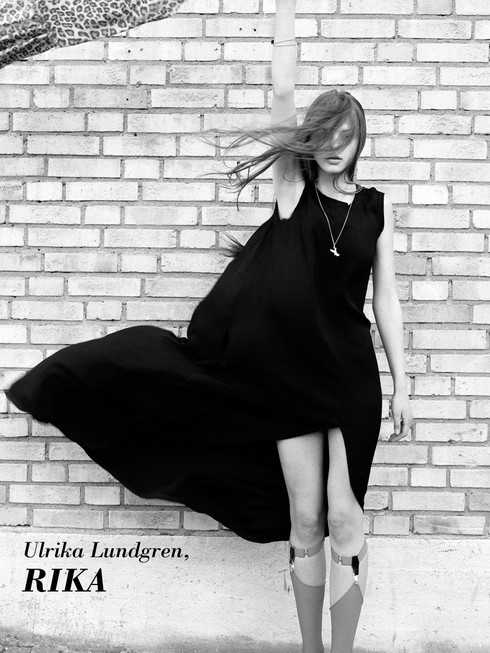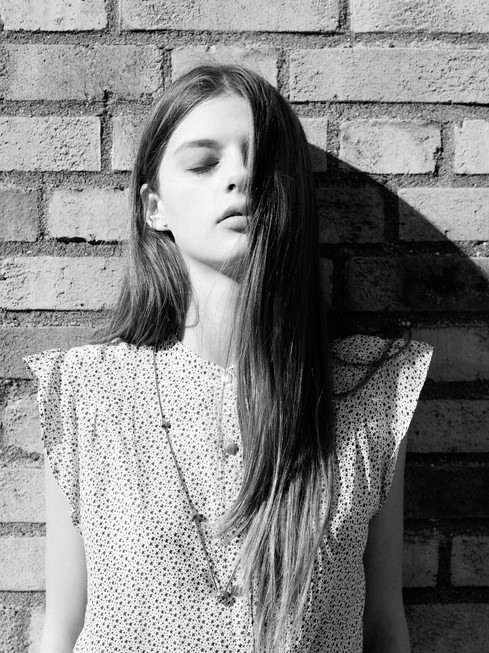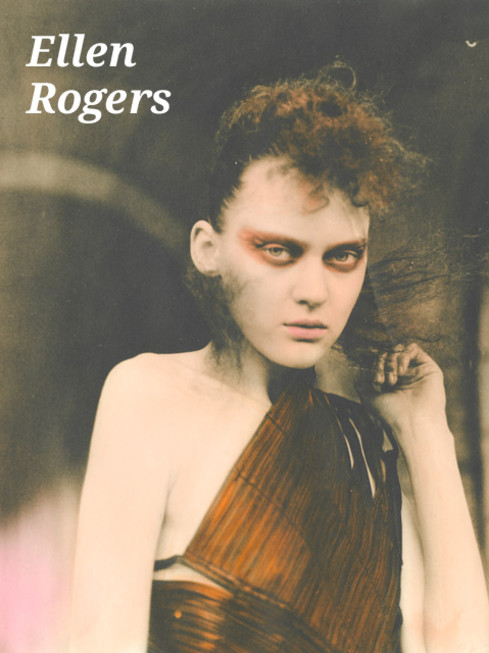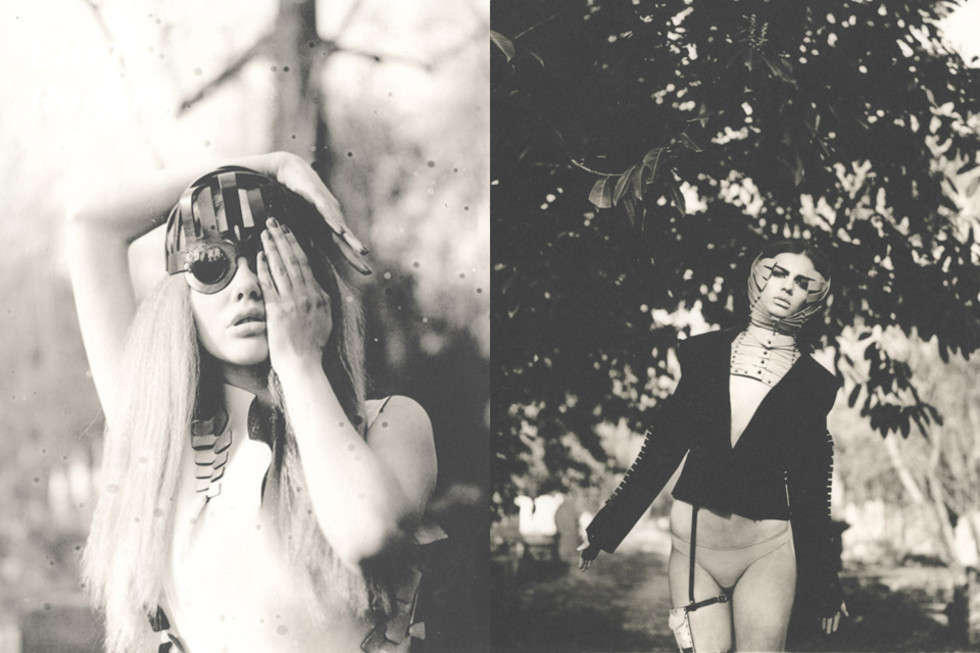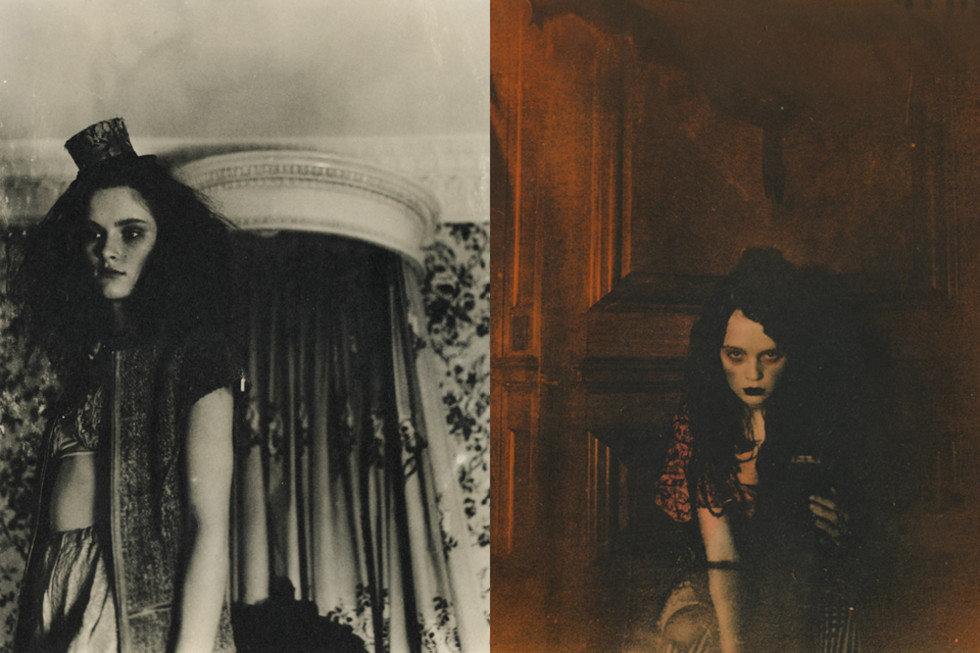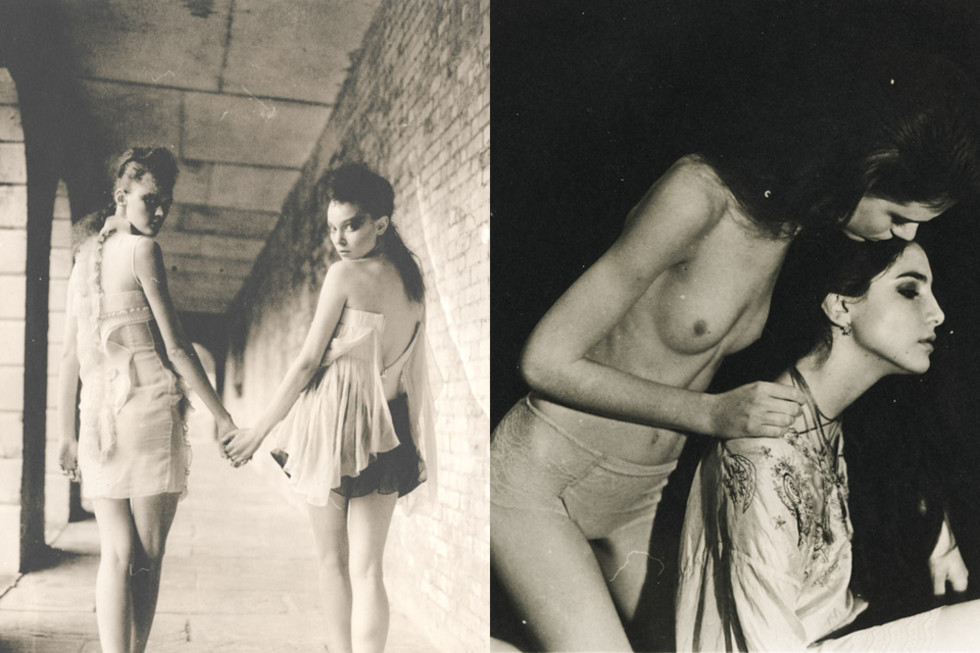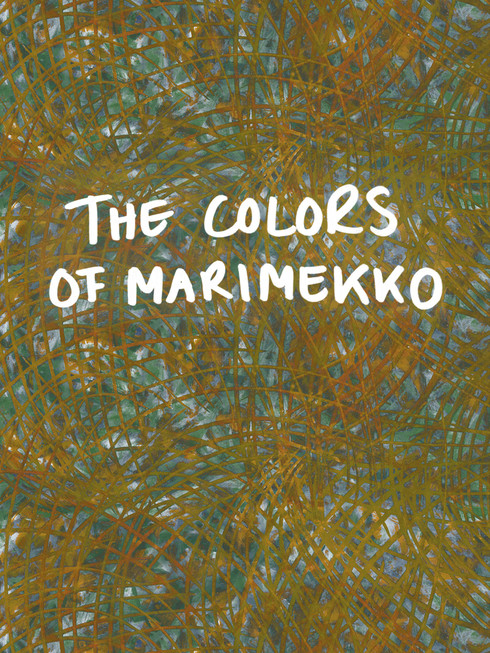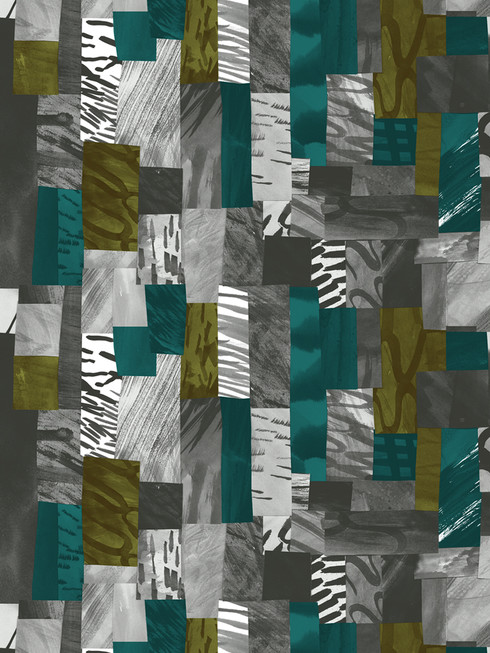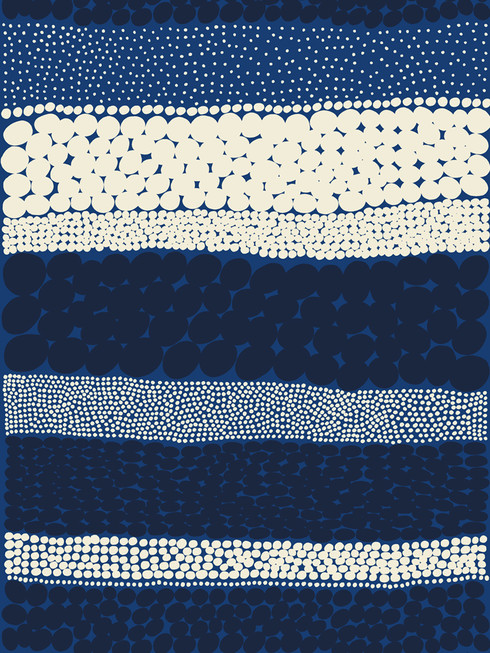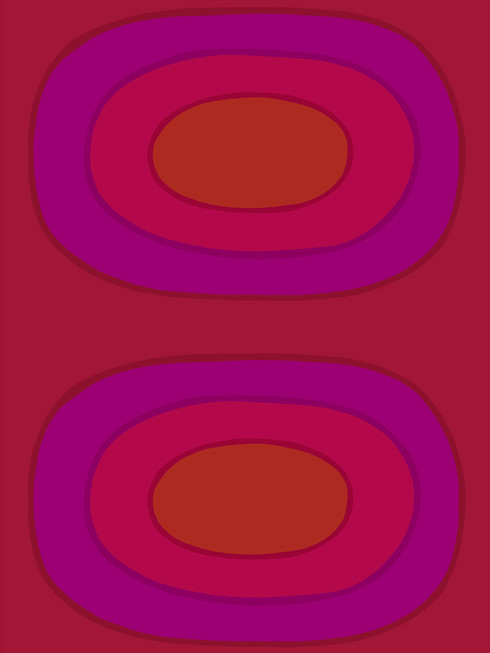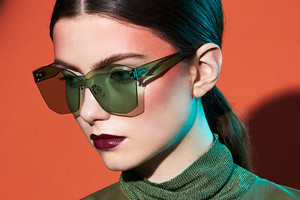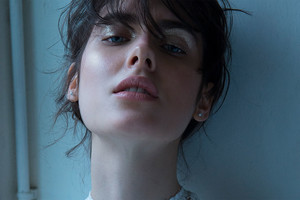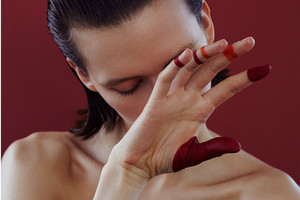Ulrika Lundgren, RIKA
Written by Mari Florer“I love biker jackets, that’s my thing.”
Ulrika Lundgren is a Swedish born fashion designer, stylist and business woman - she’s the woman behind the international fashion brand Rika.
When I got in touch with her for this interview she told me she only had 30 minutes to spare. One hour later I felt a smile spreading over my face when the thought hit me; “She likes talking to me”.
Listening to this truly enthusiastic woman describing the start of her project is pure enjoyment. It is also clear that the trademark Rika and the person Ulrika Lundgren are synonymous in spirit.
Looking at Rika’s collections it is no surprise that biker jackets and classic French style female chic are personal obsessions of Ulrika.
From interior stylist into fashion designer
After graduating from her interior design studies in Amsterdam she began to work as an interior stylist for magazines like Elle Decoration and Casa Vogue and travelled globally. Slowly as more people appeared in her photo shoots the clothing became more important and her interest in fashion grew from there.
“In Spain I made a leather bag with stars, mostly for fun, about 100 bags for close friends… and I invested all the money I earned from my photo sessions in my brand Rika, which I started in 2005” she says.
The star-bag was a hit. It has been carried by many famous fashionistas all over the world. Alexa Chung, Scarlett Johansson and Kate Moss to name a few.
Rika Maison guesthouse, Amsterdam
Today Ulrika resides in Amsterdam. The city has a nice touch of small village and the child friendly environment makes it an ideal place to live in. Also the geography is right.
“I work a lot in Paris and London. Amsterdam is in the middle”, she says.
Her Rika boutique, in Oude Spiegelstraat 12 in Amsterdam, has grown into a Rika Maison guesthouse. She designed the rooms herself.
“It´s decorated like my home.”
“And, your home. What does it look like? “ I ask.
“We live in an old school house rebuilt by a Dutch architect. It has black floors with white walls, ceramic vases, velvet pillows. Simple. Just like Rika Maison.
“So where do you see Rika in the future? For example do you want to design a line for men or create a children collection?” I ask.
“I did try to develop a children collection once but in the end it turned out too expensive.
I will keep focusing on the Rika collection, the Maison guesthouse and my Rika magazine and developing that. “
Swedish or a Dutch?
I tell her that the Swedish department store NK in Stockholm, Sweden is promoting her as a Scandinavian designer but when I read about her in Elle, they present Rika as a Dutch label.
Does nationality matter?
“I feel like a Swede. But my brand feels neither Swedish nor Dutch. For me it is of great importance that my mission is connected to my brand identity and not a place on earth. But I am inspired by girls in cities like Malmö and Copenhagen. I like the Scandinavian style. Not too dressed up - just good looking.”
The spirit of Rika
It is not only money she invests in her company. Ulrika Lundgren is personally involved in the styling of every collection. Her creative capital is the essence of Rika. I tell her that I think the pictures in the look book are lovely.
“Yes, that is where I leave my hallmark and there is where the collection is presented.”
It’s easy to imagine that she has given full attention to every little detail concerning Rika.
Speaking to Ulrika I must admit I sometimes get a glimpse of a perfectionist or even a control freak. Have you ever found yourself dressed all wrong in a situation when it wasn’t really appropriate?
“No, I am cautious. I analyze things. I Save my thoughts in my mind a while. Then I make a decision. But I like challenges. At one time, five or six years ago, I made bags decorated with bugs and spiders. Most of the people thought it was weird. Today when the jewelry designers uses such motives all the time it would probably be a success.”
What is the most rewarding thing with being a fashion designer?
“To see young women wear my creations… and that they are satisfied and want to buy my clothes. Appreciation.”
Can you name a Dutch designer and a Swedish designer you like?
“Well. I do wear Acne sometimes. But I don’t wear any Dutch designers. My favorite brand is Céline. I love it - classic French Parisian girl style.
When I dress I always wear something timeless. I am 40 years old - not 20. Black is classic”
“I always spend a little extra money on shoes, bags, jackets and trousers. Today I carry a blue bag, a Marc Jacobs cardigan and a couple of Acne trousers. I like it simple.”
She tells me she’s going to attend a Vogue event soon and doesn´t yet know what to wear; maybe jeans, a shirt and a biker jacket. To her it is crucial to feel comfortable. Girls are most beautiful that way, she thinks.
The conversation is interrupted. She calls me up in a few minutes.
“Are we finished?” she asks.
Just one more question I say.
Do you have a male styling icon?
“Elvis”
The smile returns to my face. That I had figured out.

